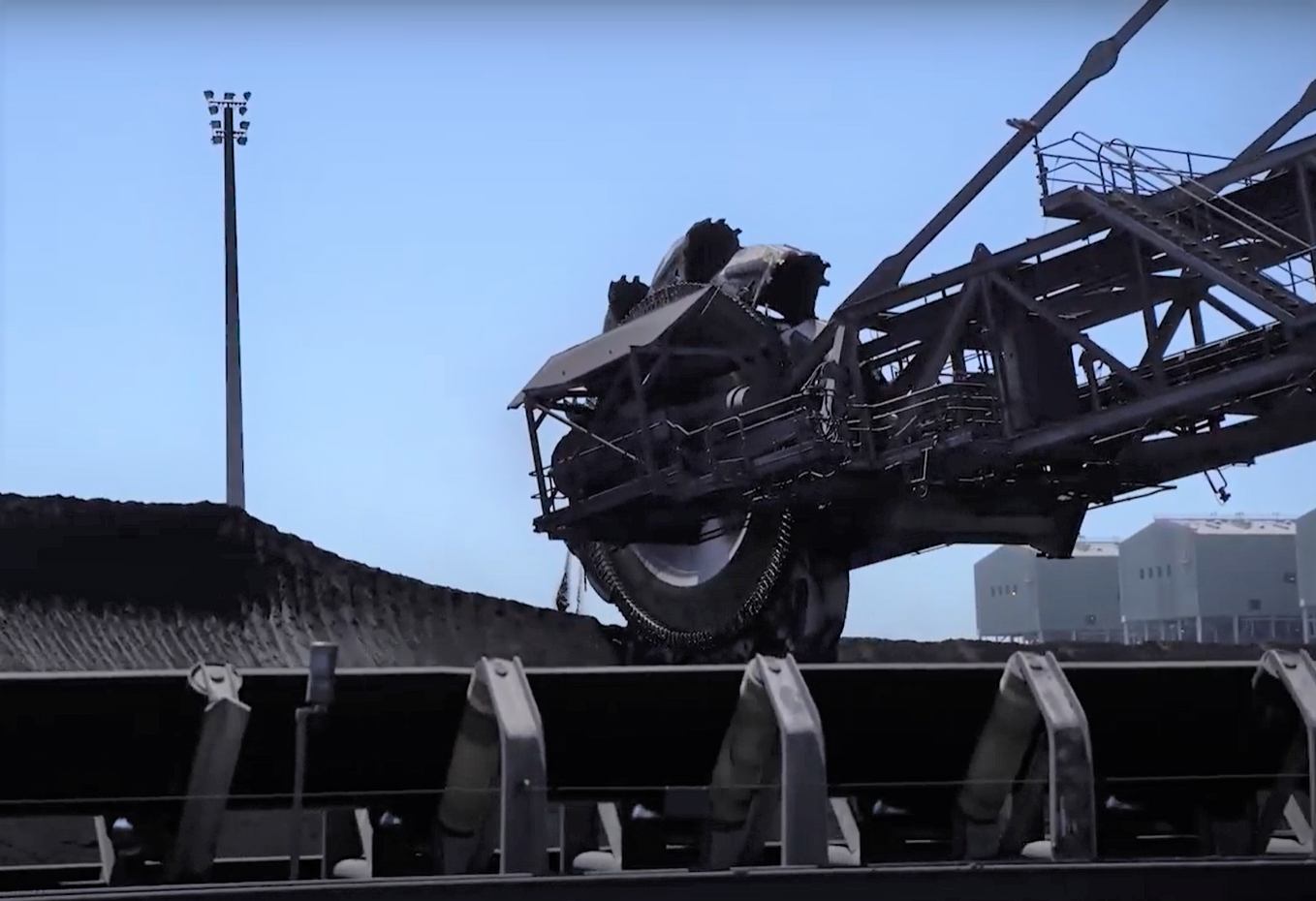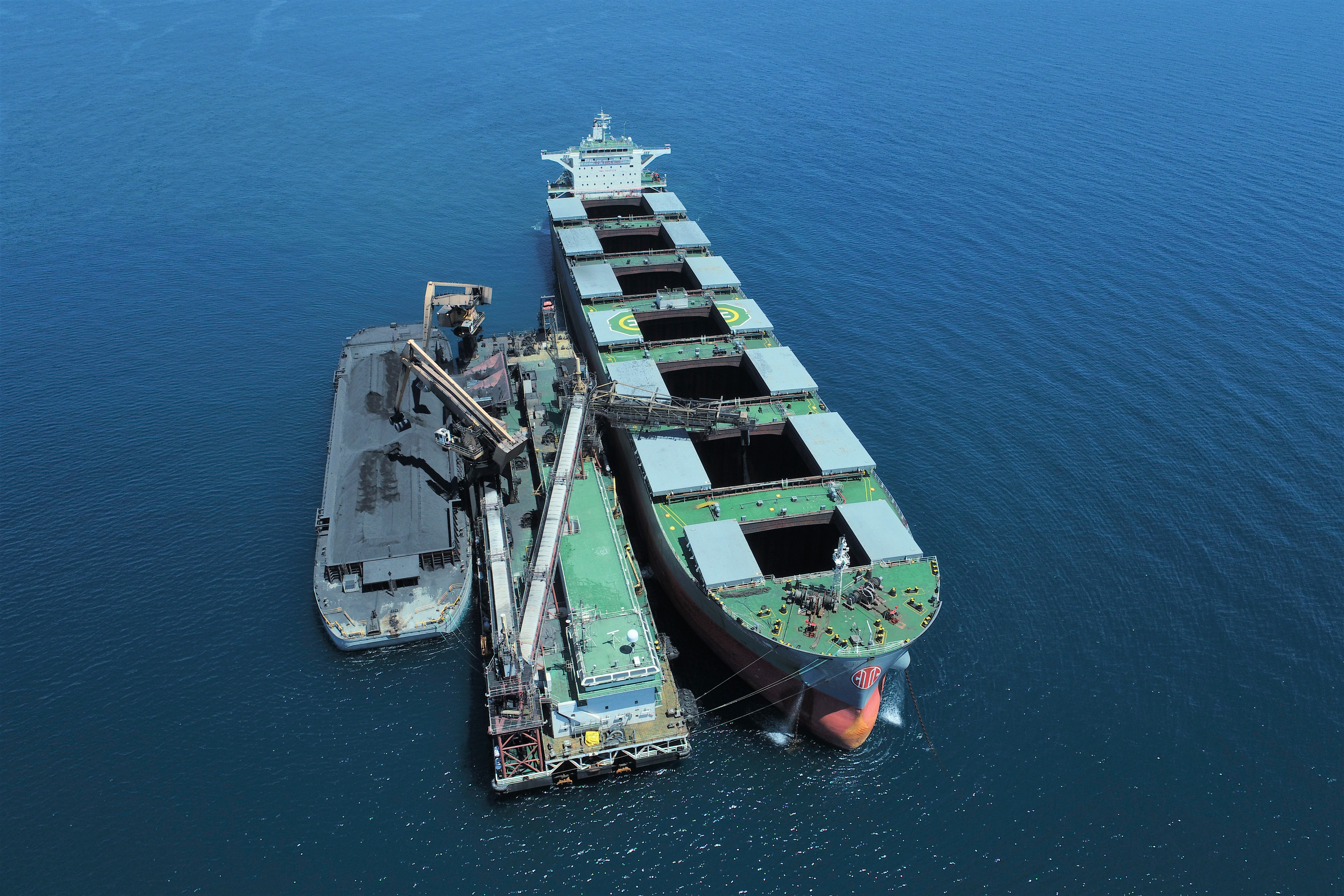

Cape Preston is where Sino Iron’s magnetite concentrate is exported to its customers in Asia. It’s a shallow port with 12 outer anchorages and five inner anchorages, which means the cargo must be transhipped to Ocean Going Vessels (OGVs) using a combination of methods. The port on a regular basis loads up to 100,000 tonnes per day onto OGVs.

Port Preston is the Pilbara’s first greenfield port to be built in more than 40 years - unlike traditional iron ore ports which require deep water channels to accommodate the massive tidal movements of the region, we use a transhipment method. A first in Western Australia, transhipment sees the product first loaded onto barges or a TSV at the loading berth along the breakwater. The barges are then towed offshore where a transhipper reclaims product from the barges and loads product onto larger OGVs. The TSVs are purpose-built, self-propelled vessels which use a gravity reclaiming system and a single point loading system to load the OGVs.

